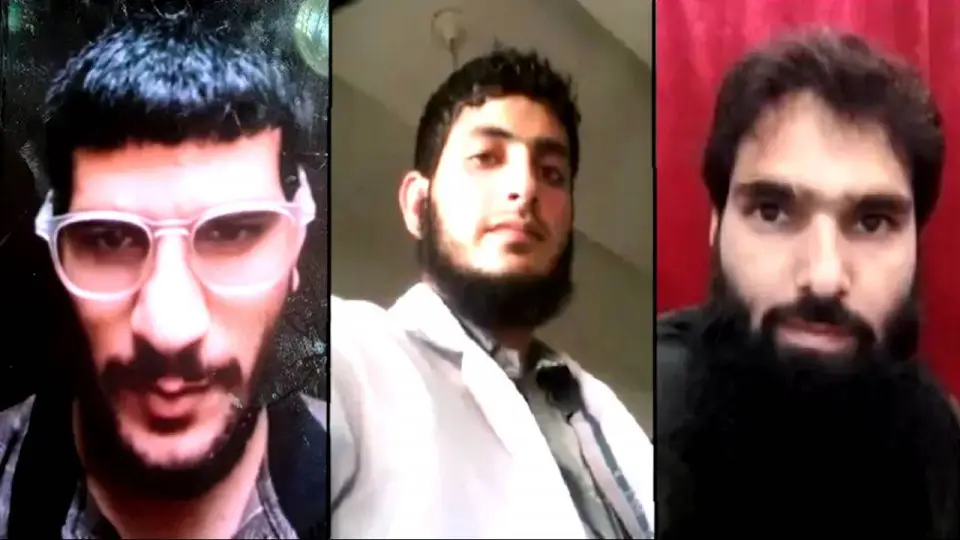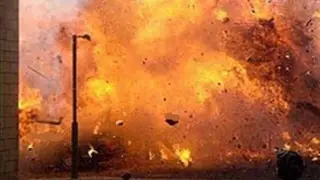
doctor ( Credit: Social media)
New Delhi:The explosion occurred near the Red Fort metro station, sending shockwaves across Delhi. The blast killed nine people and injured around twenty more in a crowded evening hour. The car had reportedly been parked near Sunehri Masjid for nearly three hours. The impact was strong enough for nearby ground and windows to shudder.
Panic spread instantly, triggering large-scale emergency response teams. Investigators reached the scene and began immediate evidence collection. Early clues suggested the possibility of a pre-planned terror attack rather than an accidental fire.
The first major link was traced to Dr. Adil Ahmed Rathar from Anantnag. He worked at a government medical college and had access to several restricted areas. A raid on his locker shocked investigators when an AK-47 rifle was discovered. His communication history indicated ties with Jaish-e-Mohammed and Ansar Ghazwat-ul-Hind. This raised urgent concerns about extremist influence inside respected institutions. It also showed that radicalization was not limited to remote militants. The arrest marked the beginning of a deeper nationwide probe.
Soon after, authorities arrested a woman doctor named Shaheen Shahid in Faridabad. She was associated with Al-Falah University as a faculty member. A special team recovered a “Carom Cock” assault rifle from her vehicle. This weapon type is known for severe damage in close-range attacks. Investigators have not yet disclosed her photographs or full identity. Teams are examining how she accessed such weapons and who directed her. Her role appears connected to the same network tied to Dr. Rathar.
In Gujarat, ATS detained Dr. Ahmed Mohiuddin, trained abroad in China. He was allegedly preparing a highly lethal poison known as “Ricin.” Just a small dosage of Ricin can cause mass fatalities. He had reportedly conducted surveillance at crowded markets in Delhi and Ahmedabad. Intelligence teams believe he was planning a silent, high-casualty chemical attack. His arrest prevented what could have been a large public tragedy. This also exposed how chemical terrorism cells are evolving in India.
Another breakthrough came with the capture of Dr. Muzammil Shakeel in Faridabad. He was found storing 360 kilograms of ammonium nitrate used for bomb-making. Later searches linked to him led to the discovery of more than 2,500 kilograms of explosive chemicals. Investigators say he had prior links to banned terror groups in Kashmir. His network seems to have been operational for months. He reportedly recruited others under academic and professional cover. This indicated a highly coordinated and funded operation.
The car that exploded was registered in the name of Dr. Umar Muhammad from Pulwama. Sources suggest he may have been present inside the car during the blast. However, verification is ongoing due to the condition of the remains. His past movements and contacts are being re-traced across multiple states. The vehicle registration strongly ties the blast to the same doctor-based terror network. Agencies are exploring whether the incident was a suicide mission. Surveillance data is now being re-analyzed.
All arrested individuals were well-educated and professionally respected in their fields. They had access to medical laboratories, chemical supplies, and academic cover. Investigators say this pattern signals a dangerous new phase of extremism. Terror influence is no longer limited to remote hideouts or madrassas. Instead, it appears to be penetrating modern universities and hospitals. This raises serious concerns about monitoring professional networks. Authorities are now reviewing security protocols across educational and medical institutions.













Copyright © 2025 Top Indian News
